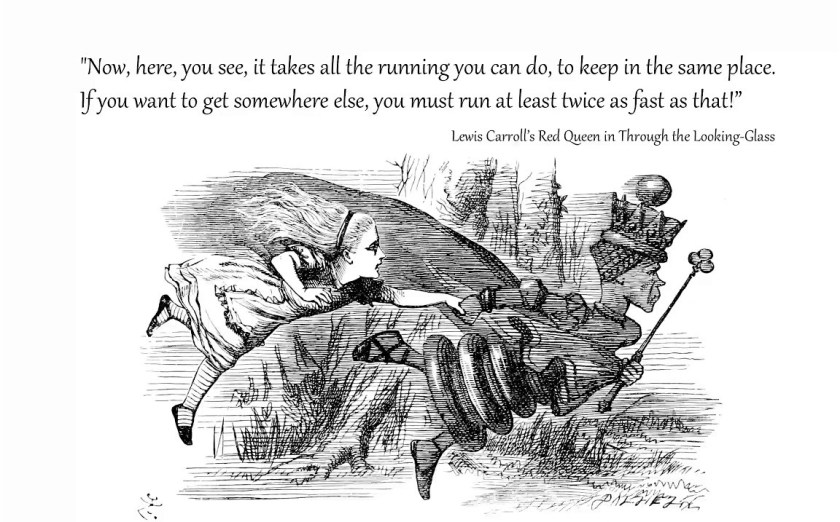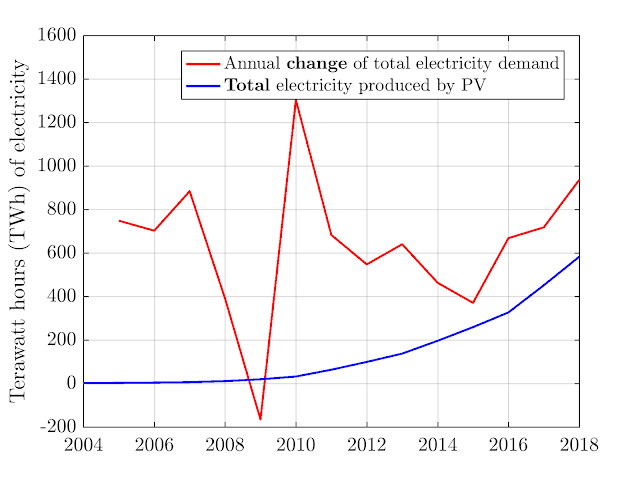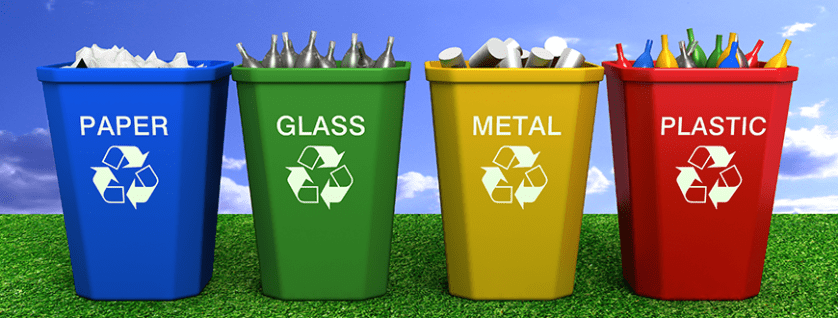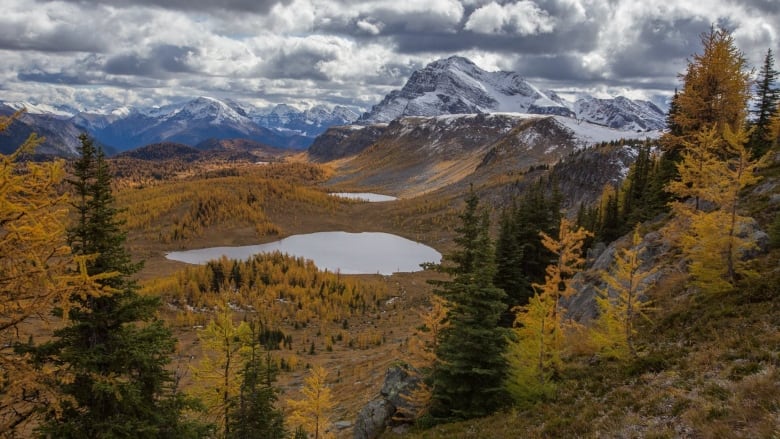
Tim Watkins, with some help from Chris Martenson, is very good today.
I observe that people fighting for our species to acknowledge its predicament, like Extinction Rebellion, are as much in denial as the people they oppose.
In his last section, Watkins suggests that the environmental movement has a choice to make between two paths. This implies that they understand what is going on. Here I disagree. I think genetic reality denial blocks almost everyone, including environmentalists, from understanding what is going on, as Varki’s MORT theory predicts.
An an aside, there is a Canadian federal election in a few days. I read the platforms of all the parties. Not one has a clue what is going on. I refuse to vote for idiots in denial.
http://consciousnessofsheep.co.uk/2019/10/16/what-extinction-rebellion-is-getting-wrong/
Firstly, there is no net zero because humans have failed to figure out a viable means of capturing and sequestering carbon dioxide for the several centuries that would be required after we ceased burning fossil fuels to restore the climate to something akin to conditions today. At this point, no doubt, some readers will object that trees and soils are natural carbon sinks; and so we might plant more trees and restore more soils. The question, however, is which trees and soils, and to what end? Few trees live beyond a century (especially when some idiot comes along and harvests them to use as “green” biofuel). And when a tree dies and falls to the floor, it dumps all of the carbon back into the atmosphere. Similar problems affect attempts at soil restoration since any further use will unlock the carbon stored there.
There is, you will be pleased to know, one natural process that can sequester and lock up all of the carbon that we have dumped into the atmosphere in the course of the last three centuries. It involves a warmer and wetter climate washing nutrients off the land and out to sea; where plankton and algae blooms can flourish and multiply; giving off noxious hydrogen sulphide – which causes “red tide events” – as a by-product. As these microscopic plants die, they sink to the ocean floor where, along with the carcasses of any marine creature that happened into the oxygen-starved red waters beneath the surface, they gradually decompose into a glutinous mud. Over time, layers and layers of this hydrocarbon-rich mud will pile up. And over centuries it will be subsumed beneath the Earth’s crust, where it will be heated and compressed beneath an impervious layer of rock that prevents it from leaking to the surface. With the carbon sequestered in this way, over millions of years the climate will cool once more.
My more alert readers will be aware that the process that I just described is the one in which the fossil fuels that we have been burning for the past 300 years were created in the first place. As far as I am aware, it is the only process currently known that can lock up large volumes of carbon dioxide for the geological time period required to repair the damage that we have already done.
There is enough carbon dioxide in the atmosphere already to raise the temperature above 3 degrees over pre-industrial levels; so that even if we ceased burning fossil fuels today, it is highly unlikely that the global economy and a population approaching 8 billion can survive the devastation. Indeed, those at the more pessimistic end of the spectrum argue that we will be lucky if there are any humans at all on Earth by 2030. But even knowing that the current debate is between those who think things are about to get very, very bad and those who think they are about to become fatal will not be enough to prevent humanity from continuing to pump greenhouse gases into the atmosphere.
The reason is simple, the only way in which we can support a global population that is at least eight times the sustainable level; is to use fossil-powered industrial agriculture on a global scale. And while switching the diet to lower the volume of cow belches will make an insignificant difference, the fact remains that fossil-powered global plant farming is still a major source of greenhouse gases. Nor do we dare dispense with the fossil-powered global supply chains that have saved the largest part of humanity from the kind of famines that were commonplace just a few decades ago. Growing excess food in favourable regions and transporting it to less favourable ones has always been the means by which humans combatted famine. The only difference today is that we do it on a global scale; meaning that disruption in any one supply chain can rapidly undermine the entire system.
At this point, of course, the techo-utopian journalists, politicians and protestors will complain that I am ignoring renewable energy and the fourth industrial revolution. Once again, the reason for this objection is largely a product of an education system that is not fit for purpose. In a recent article on the Peak Prosperity website, scientist Chris Martenson refers to the sheer scale of the task that would be involved just in substituting (i.e. ignoring all of the technical engineering challenges involved) the quantity of energy we get from fossil fuels with renewable energy:
“Suppose we agree on the goal to entirely replace fossil fuel energy by 2050. (We’re going to have to do it by some point, because oil, coal and natural gas are all depleting finite resources.)
“With 2050 as a starting point we can run some simple math.
“We start by converting the three main fossil fuels – coal, oil and natural gas – into a common unit: the “millions of tons of oil equivalent” or Mtoe.
“A million tons of oil = 1 Mtoe, obviously. And there’s an amount of coal, if burned that has the same energy as 1 Mtoe. Ditto for natural gas. If we add up all of the fossil fuels burned in a given year, then we can express that as a single number in the many thousands of Mtoe.
“Roger Pilke has run the math for us in his recent article in Forbes:
‘In 2018 the world consumed 11,743 Mtoe in the form of coal, natural gas and petroleum. The combustion of these fossil fuels resulted in 33.7 billion tonnes of carbon dioxide emissions. In order for those emissions to reach net-zero, we will have to replace about 12,000 Mtoe of energy consumption expected for 2019’…
“So, what would it take to replace those 12,000 Mtoe with alternative fuels by 2050?
“Pilke answers that for us:
Another useful number to know is that there are 11,051 days left until January 1, 2050.
To achieve net-zero carbon dioxide emissions globally by 2050 thus requires the deployment of >1 Mtoe of carbon-free energy consumption (~12,000 Mtoe/11,051 days) every day, starting tomorrow and continuing for the next 30+ years…
“But that’s only half of the story.
“We’d also have to decommission and retire an equivalent 1 Mtoe amount of still-functioning fossil fuel property, plant and equipment. Do you have any idea how much money and embedded capital is contained in all the world’s current energy infrastructure — including our cars and homes — that’s built around fossil fuel use?
“Somehow, the world would have to replace the equivalent of the energy contained within 2.4 Ultra Massive crude ships. Every. Single. Day. For 11,000 days straight, without missing a single day. A 7,000 mile long cargo train of ultra massive ships retired at the rate of 2.4 per day for the next 30 years…
“What would that take? Again from Pilke:
So the math here is simple: to achieve net-zero carbon dioxide emissions by 2050, the world would need to deploy 3 [brand new] nuclear plants worth of carbon-free energy every two days, starting tomorrow and continuing to 2050. At the same time, a nuclear plant’s worth of fossil fuels would need to be decommissioned every day, starting tomorrow and continuing to 2050.
I’ve found that some people don’t like the use of a nuclear power plant as a measuring stick. So we can substitute wind energy as a measuring stick. Net-zero carbon dioxide by 2050 would require the deployment of ~1500 wind turbines (2.5 MW) over ~300 square miles, every day starting tomorrow and continuing to 2050.”
It has taken a Herculean effort in the developed western states just to deploy a relatively small number of wind turbines and solar panels into our electricity generation mix. The idea that we are going to replace the far larger fossil fuel consumption in transport, building temperature control, industry and agriculture is no more than magic thinking.
This is where the charge of hypocrisy that is often levelled against Extinction Rebellion hits home. It is doubtful that more than a handful of the protestors is prepared to make even a fraction of the lifestyle changes that would be involved just to lower the rate at which we are dumping greenhouse gases into the atmosphere. Certainly some will be prepared to give up flying, stop eating meat, use a refillable water bottles and put on an extra layer rather than turn the heating up. Mobile phones are a different matter – even though the data centres on which they depend are among the most polluting buildings on Earth. Few, one suspects, will be prepared to take the radical actions such as giving up the right to have children in favour of the birth licensing system that a rapid shift to a zero-carbon economy implies.
In the end, Extinction Rebellion is facing the same dilemma that has plagued the environmental movement from the start:
- Should it spell out the enormous effort and sacrifice involved in changing course – and thereby risk alienating the majority of those who need to be won over? Or;
- Should it pretend – despite all the evidence to the contrary – that a few windmills and solar panels will allow us to continue growing our planet-destroying economy without even pausing to draw a breath.
My fear is that – like the various green parties around the world – this latest manifestation of environmentalism will take the second option so as not to scare the horses. And if those at the gloomier end of the spectrum are correct and that we only have 10 years left, this may not be such a bad thing; after all, they say that dying in your sleep is far preferable than consciously looking death in the face. Either way, one can count on one hand the number of protest movements that have achieved the change they wanted to bring about. The enormity of the predicament does not change this fact. The sad reality is that we are all prisoners of the very system that is killing us; dependent upon it for the food, water, clothing and shelter that sustain us even as it destroys the habitat we depend upon. We could end it tomorrow if only the majority of us chose to stop playing the game; but the sacrifice is too great… and few of us are prepared to take the hit while others continue to get a free pass.
And so, while I salute those who have taken to the streets this month (my son is among them and I am proud that he is standing up for what he believes in) I would also caution them that the changes that are coming are not the ones they want; still less the ones the leaders of their movement are pretending they can have. Our current civilisation can be compared to the last moments of the Titanic – holed below the waterline and destined to sink into a watery grave. Most of those who are protesting are merely akin to the frightened passengers begging a Captain and crew to respond to a situation that they have already lost control of. The sensible few among the protestors will look to those who are assembling the lifeboats. But the majority – whether they believe the emergency is real or not – will soon meet their tragic end. And protesting icebergs and reckless Captains will do nothing to save them – or us – now!









